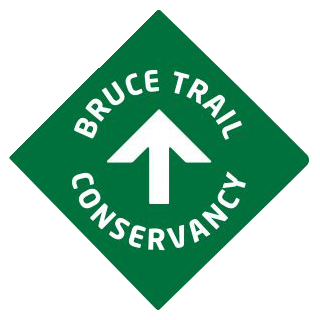As long as there is abundant greenery along the trail, why does it matter that it is introduced, non native plant matter?
Native plants (including shrubs and trees) have coexisted for centuries providing the resources for a diverse ecosystem. A circle of life provides the resources for each plant and animal in balance. When non-native plants are introduced into this system, they often have no predators so they can spread with abandon, crowding out the native plant matter. Unfortunately, these plants often do not provide the resources needed by the native animals, such as food and shelter. Some of the introduced plants spread slowly, allowing for cohabitation with native plants and causing little disruption while others quickly change the habitat as they release toxins in the soil, crowd out the native plants or strangle them. Some invasive plants are escaping from gardens now while others were introduced into our landscape as settlers changed the natural landscape, sometimes bringing plant matter that was useful in their home country. Indeed, some are so common that many assume they are indigenous to our area, such as shrubs like the privet and purple lilac or plants like dames rocket with its purple phlox like flowers and the orange day lily.
Once invasive plants are well established, it can be very difficult to eradicate them or even mitigate their impact, thus greatly reducing the diversity of insects, birds and sometimes even animal species.
So, when pull parties and other eradication events are planned, the sites chosen are ones where the ecologists for the Bruce Trail have determined that the site is one where revitalization of the natural habitat is possible because some native plants remain and the work eradicating invasive plants is possible.
Seed nurseries are being established in various locations on the Bruce Trail to provide native plant seeds. The goal will be to reseed areas where invasive plants have been removed with native plants. Amazingly, once native plants re-establish in an area, a greater diversity of native insects and birds begin to return.
All NBTC members are welcome to join the pull parties and nature hikes to learn more about the ecology of the trail. Look for postings on the Hike calendar.




